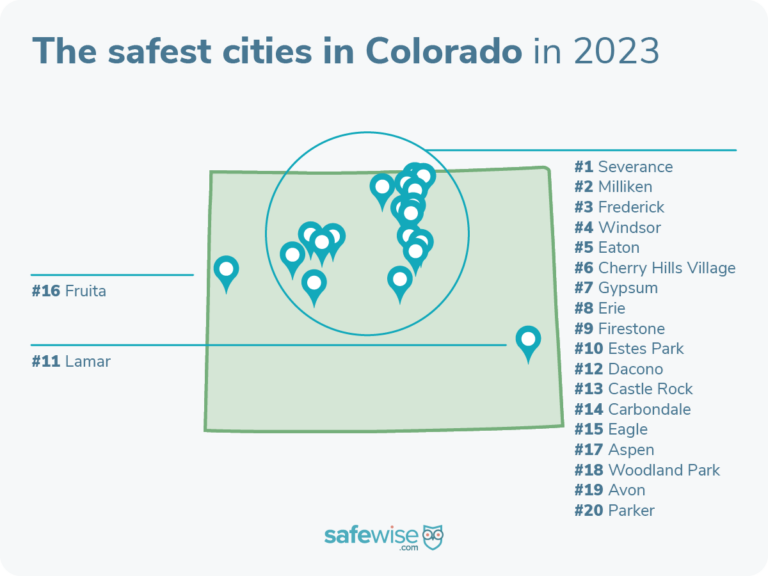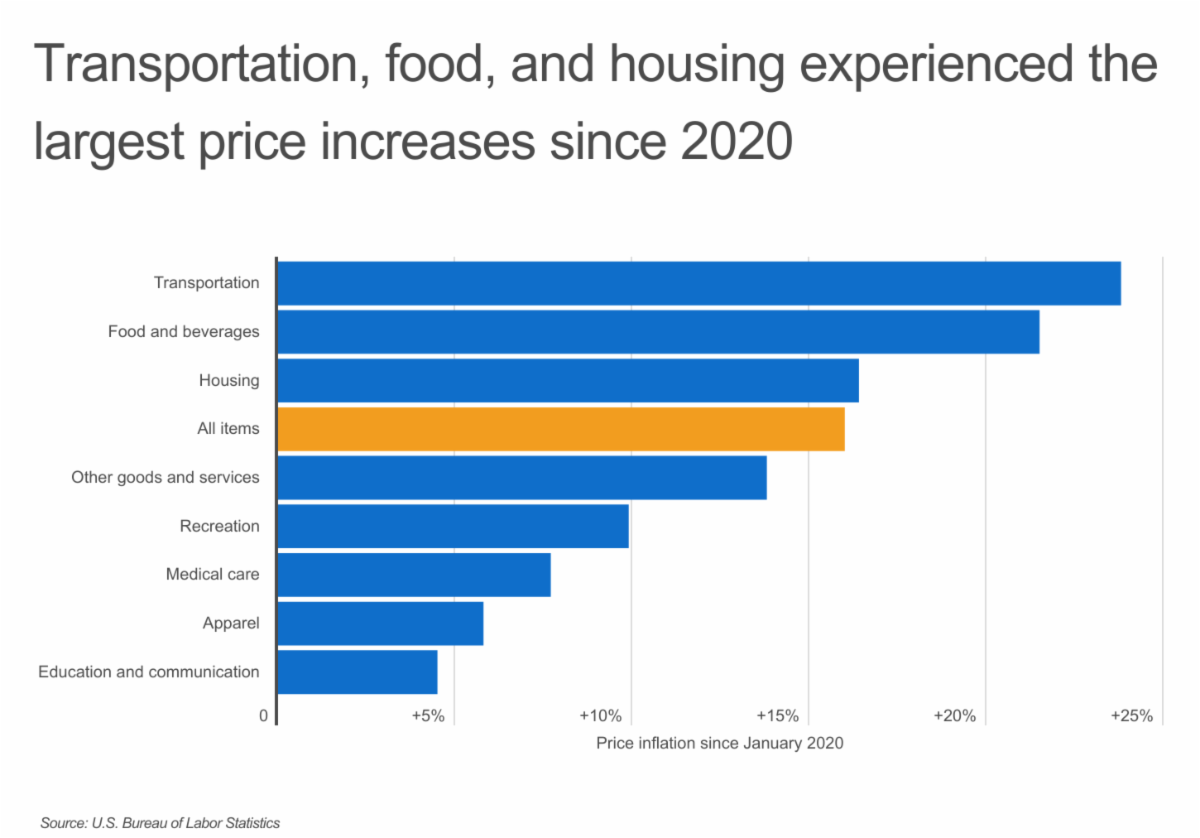
Life jacket requirements apply not only to power boats, but kayaks and stand-up paddleboards as well. This couple safely enjoys kayaking at Cherry Creek State Park.
Photo courtesy of Wayne D. Lewis/CPW
DENVER – As boat ramps open and warm temperatures entice people to get outdoors and recreate on the water, Colorado Parks and Wildlife urges people to wear a life jacket and boat safely following the deadliest year on Colorado’s rivers, lakes and reservoirs.
In honor of National Safe Boating Week, May 20-26, 2023, CPW is promoting safe boating tips to educate outdoor enthusiasts on how to take caution on Colorado waters while enjoying water sports like power boating, kayaking, paddle boarding, swimming and fishing.
With increased visitation in outdoor spaces throughout the state, water-based recreation remains a popular pastime in Colorado. There have already been three drownings in the state this year. In 2022, there were 42 water-related fatalities in Colorado, which was up from 22 in 2021, and 34 in 2020.
In 2022, the majority of fatalities occurred from people swimming, paddle boarding, kayaking or using an inflatable of some kind, and the vast majority were not wearing a life jacket. CPW wants to remind the public that paddle boards and kayaks are considered vessels, and life jacket requirements apply.
“We recommend all boaters and passengers wear a life jacket while on the water,” said Grant Brown, Boating Safety Program Manager for CPW. “Regardless of your age or experience level, the data shows that life jackets save lives.”
“Wearing a life jacket is especially important when boating during cold water conditions when water temperatures are below 70 degrees,” Brown said. “Cold water immersion shock coupled with the lack of a life jacket were contributing factors in the majority of drownings in Colorado in recent seasons. We want people to have fun on the water and not be afraid of it, so we encourage you to bring the proper safety gear so you have a positive outdoor experience.”
In 2022, CPW soft-launched a new Boating Safely in Colorado Program at Lake Pueblo State Park, Colorado’s most visited state park. The program mobilizes a group of passionate volunteers to engage directly with the public to discuss and reinforce the importance of boating and water safety as well as the rules and regulations related to boating in Colorado.
This year, the program will be expanded at Lake Pueblo to include more dates and locations at the 47,000 acre reservoir consisting of 60 miles of shoreline. The hope is this program will serve as a model for additional lakes and reservoirs to implement in future years.
Volunteers are a vital component to the future and expansion of this program and many other CPW programs. To learn more about volunteer opportunities with CPW, go to our website.
Before heading out on the water, Colorado Parks and Wildlife advises the following boating safety tips:
- Wear your life jacket
- Take a Boating Safety Class in Colorado
- Carry all required safety gear
- Get a safety inspection of your vessel
- Review navigation techniques
- Be aware of weather and water conditions
- Boat sober- Alcohol use is the leading contributing factor in recreational boating deaths.
It is important that boaters take into account the risks that weather can present while recreating on the water. Dangerous weather conditions that raise concerns are unpredictable strong wind gusts that can knock a paddle boarder or kayaker into the water, and cold water temperatures that exist year-round in Colorado.
For more information on boating safety, visit cpw.state.co.us.












